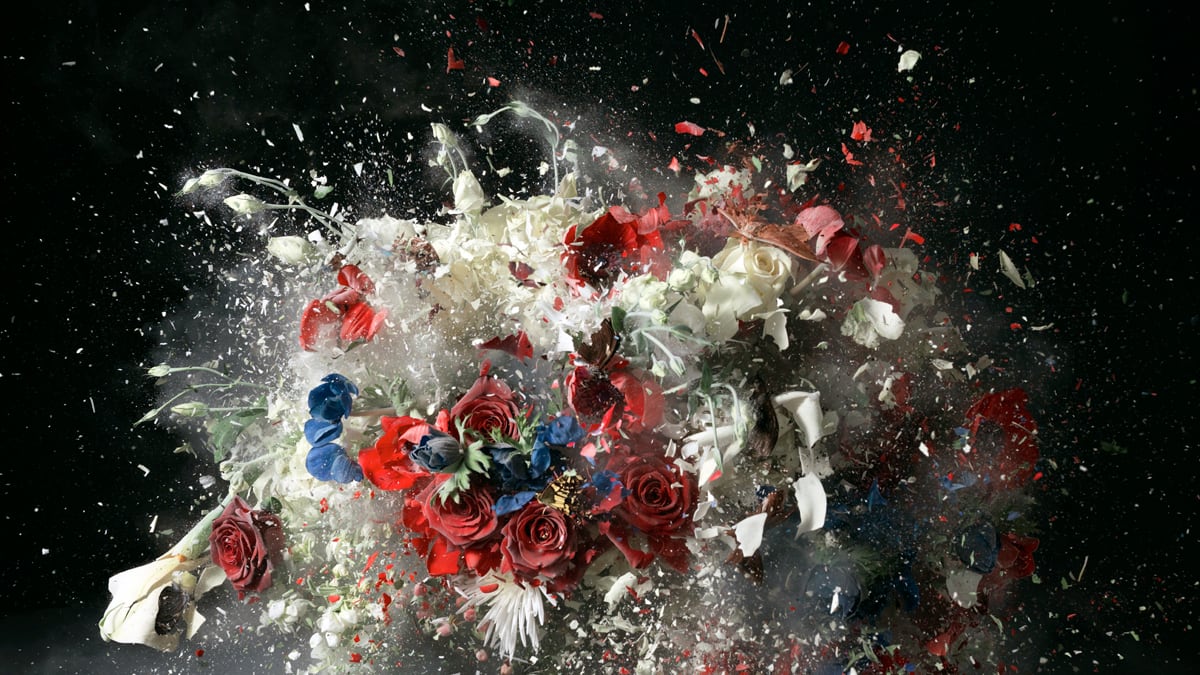Archive
© Ori Gersht / Courtesy Museum of Fine Arts, Boston
At Boston’s Museum of Fine Arts, an Explosive Ori Gersht Exhibition (Photos)
Master Blaster
Still life is not all that it seems, as this surprising Israeli artist shows in Boston. By Blake Gopnik.

Trending Now





